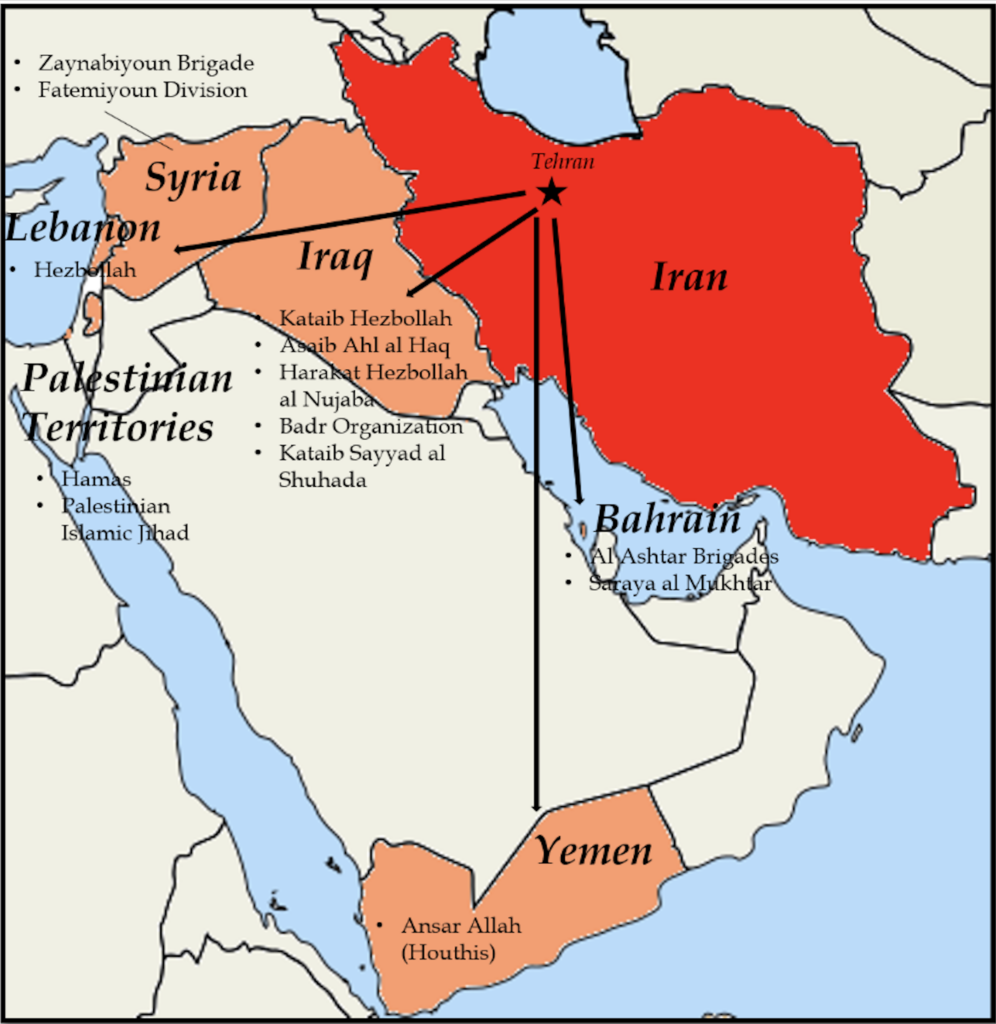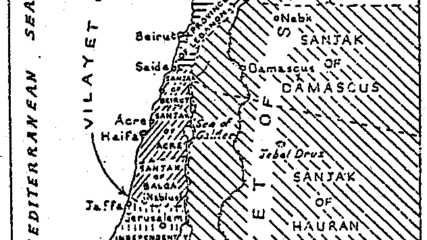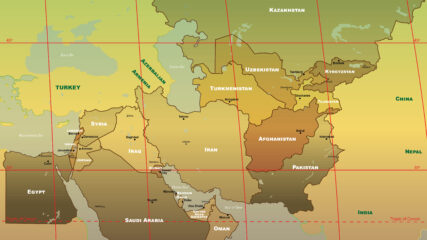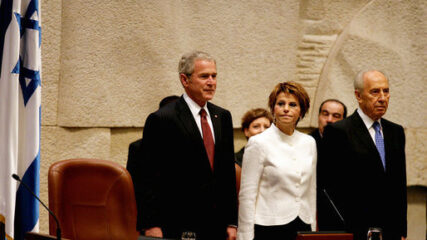Compiled by Aidan New
Iran has financed, armed, trained, and, in some cases, directed terrorist and militant groups such as Hamas, Hezbollah and the Houthis around the Middle East to incorporate them into its ultimate goal of destroying the State of Israel. That close relationship is why Hamas leader Ismail Haniyeh, who shared the goal of Israel’s destruction, was in Tehran when he was assassinated in the early hours of July 31, 2024.
This video, a compilation of insights from experts who participated in the CIE webinar series in response to the Hamas-Israel war that began October 7, 2023, is the first of a set of resources drawn from those webinars and focusing on specific issues and topics that emerged.
Iran’s Use of Proxies Stretches Back to the 1990s
For decades, Iran has used proxies as a form of defense and to expand its regional influence. Iran has supplied Hamas, Hezbollah, Yemen’s Houthis, Islamic Jihad and other groups with an arsenal of weapons and other resources to fight and undermine Israel. This approach enables Iran to achieve its strategic goals while minimizing its direct involvement and domestic toll.
Hostility Hits an All-Time High
Since Hamas attacked Israel on October 7, multiple Iranian proxies have engaged in hostilities against Israel. Hamas in Gaza, Hezbollah in Lebanon and the Houthis in Yemen have fired rockets and missiles at Israel. This coordinated aggression shows Iran’s strategic use of regional allies to aggravate Israel on multiple fronts.
- Example of hostility between Israel and Hezbollah: https://www.inss.org.il/publication/hezbollah-israel-war-chance/
- Example of hostility between Israel and the Houthis: https://www.fdd.org/analysis/2024/03/22/houthi-missile-strikes-israeli-soil-for-first-time/
Iran Sponsors Terrorism Worldwide
Iran’s sphere of influence extends globally as it finances terror activities across the Middle East, Africa and Asia and reaches into Europe and Latin America. This extensive network enables Iran to exert power far beyond its borders.
- Iranian influence in Africa: https://thesoufancenter.org/intelbrief-2024-april-1
Iran Can Deploy Proxies to Respond to Any Israeli Attack on Iran
Iranian proxies are strategically positioned to encircle Israel. In the event of an Israeli attack on Iran, these groups could launch coordinated assaults from multiple fronts. This approach creates significant challenges to Israel’s defense and could stretch its military resources thin.
- How Israel responds to Iranian proxies: https://en.majalla.com/node/315431/politics/will-israel-temper-its-war-irans-regional-proxies
Conclusion
Iran’s reliance on proxy groups to expand its influence has been a pivotal piece of its regional strategy for decades. By arming groups such as Hamas, Hezbollah and the Houthis, Iran achieves its strategic goals while minimizing direct confrontation with Israel. As the tensions in the region escalate, Iran remains ready to deploy its proxies to threaten Israel’s defense and security.









